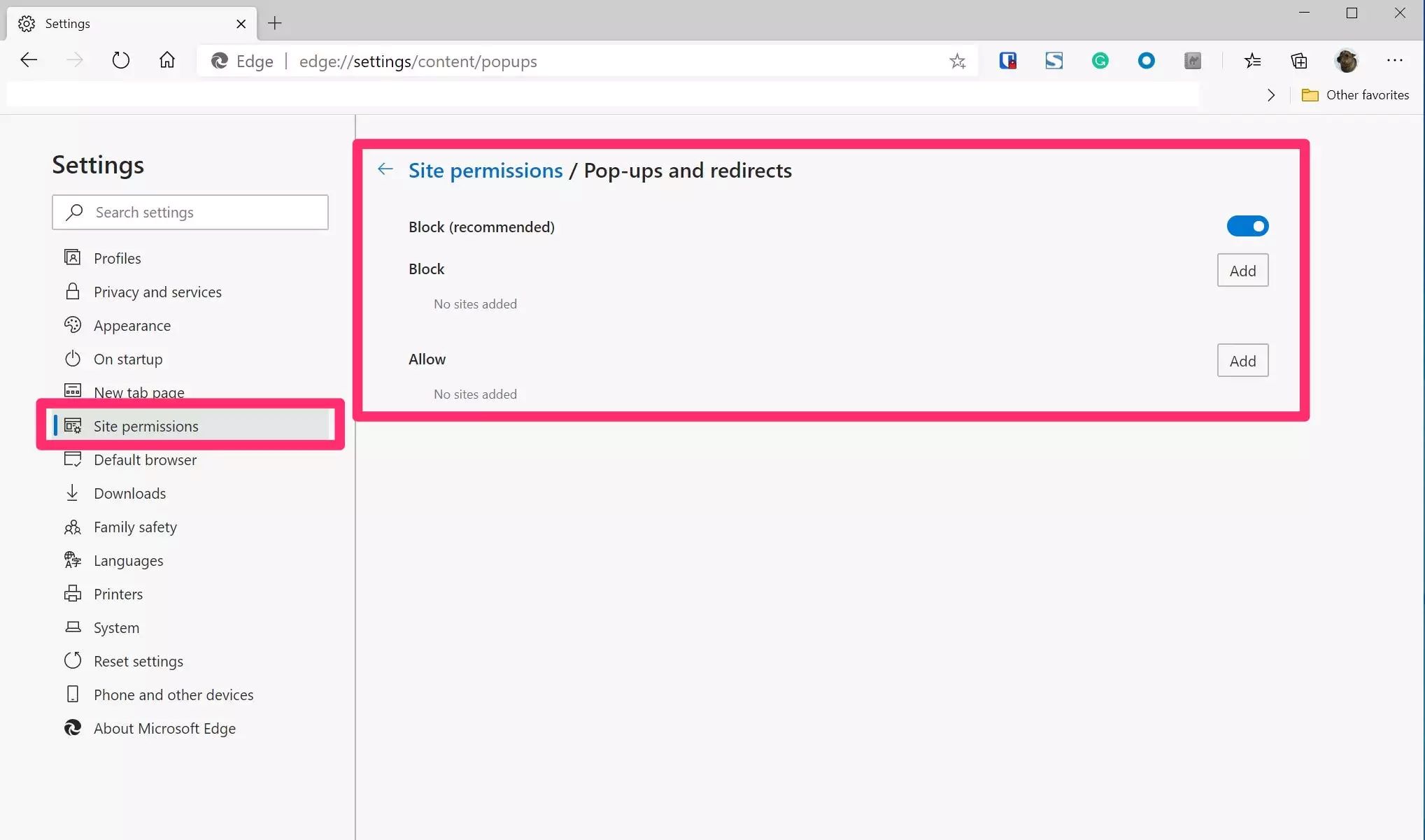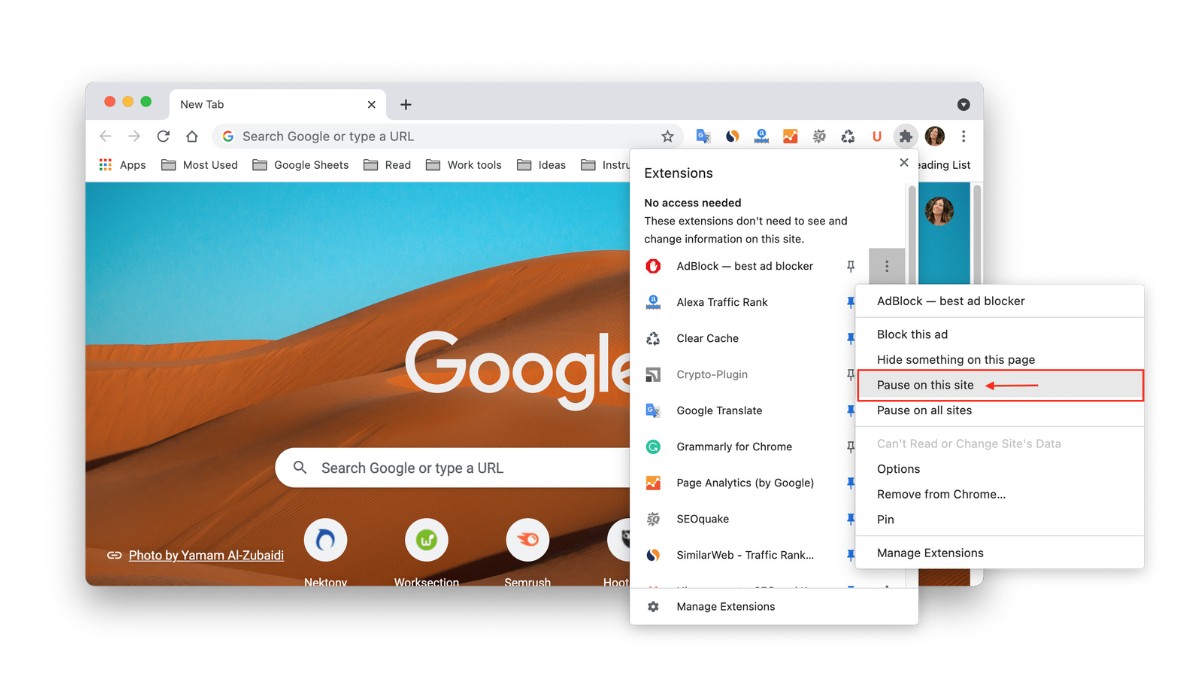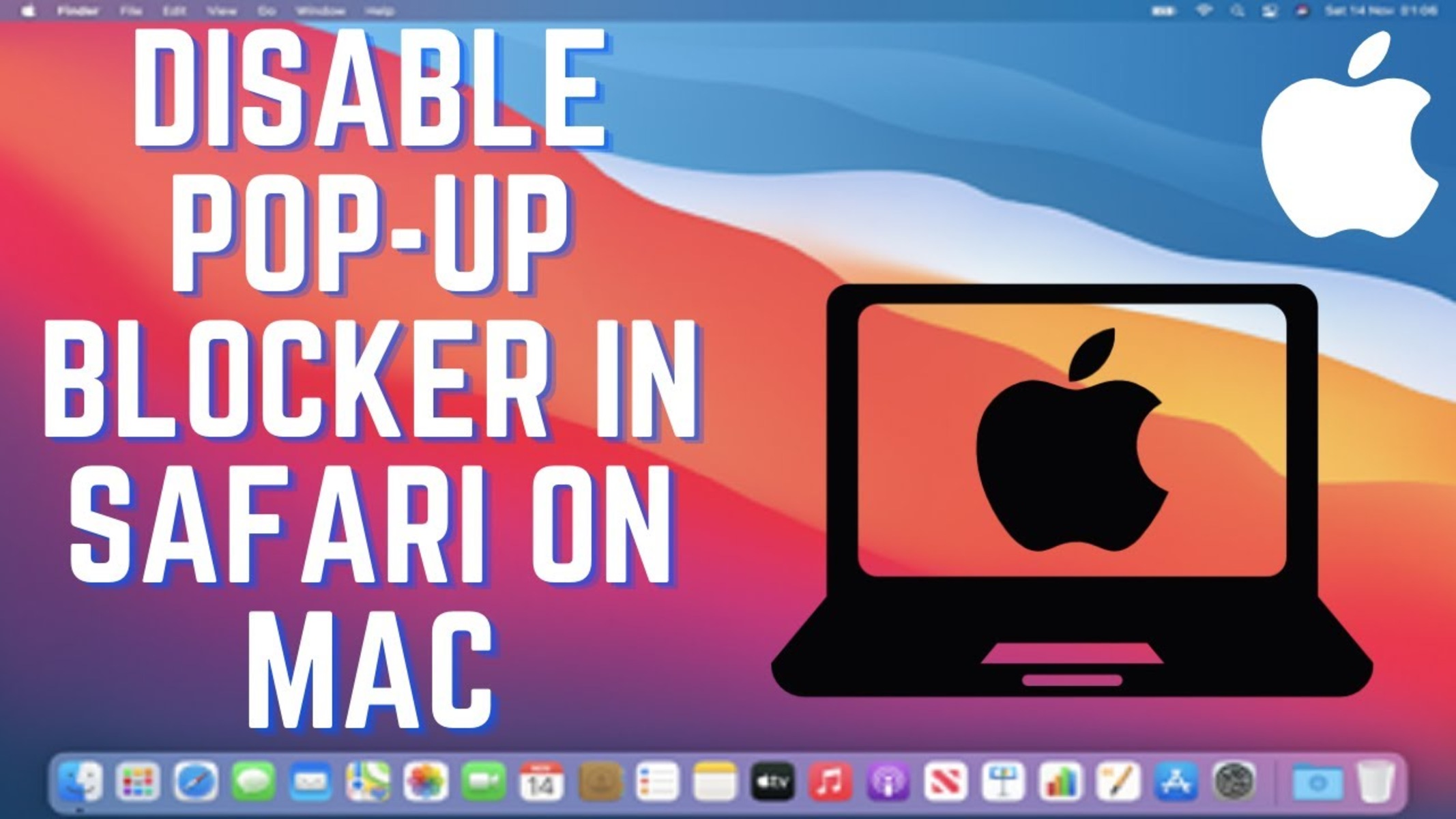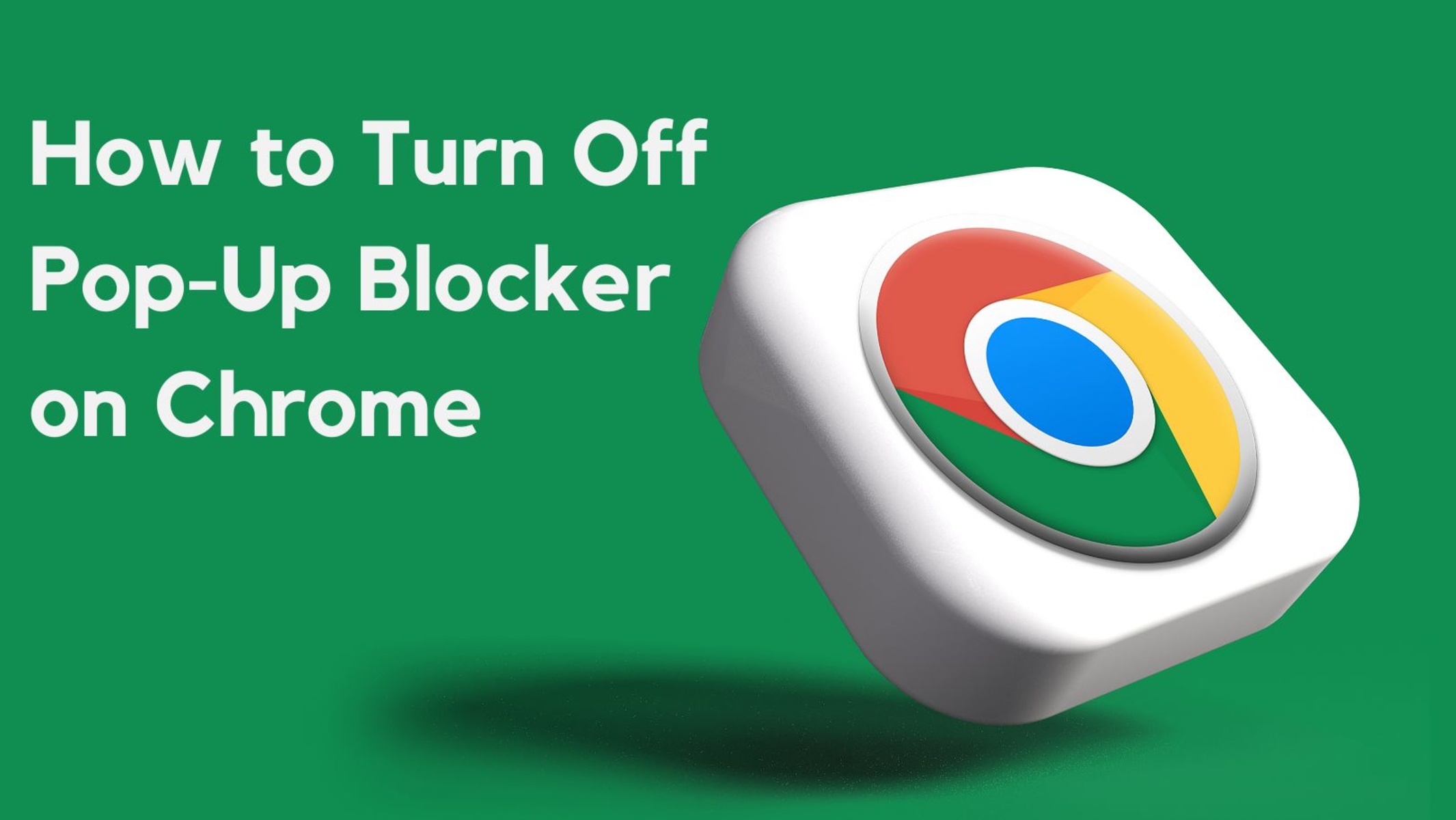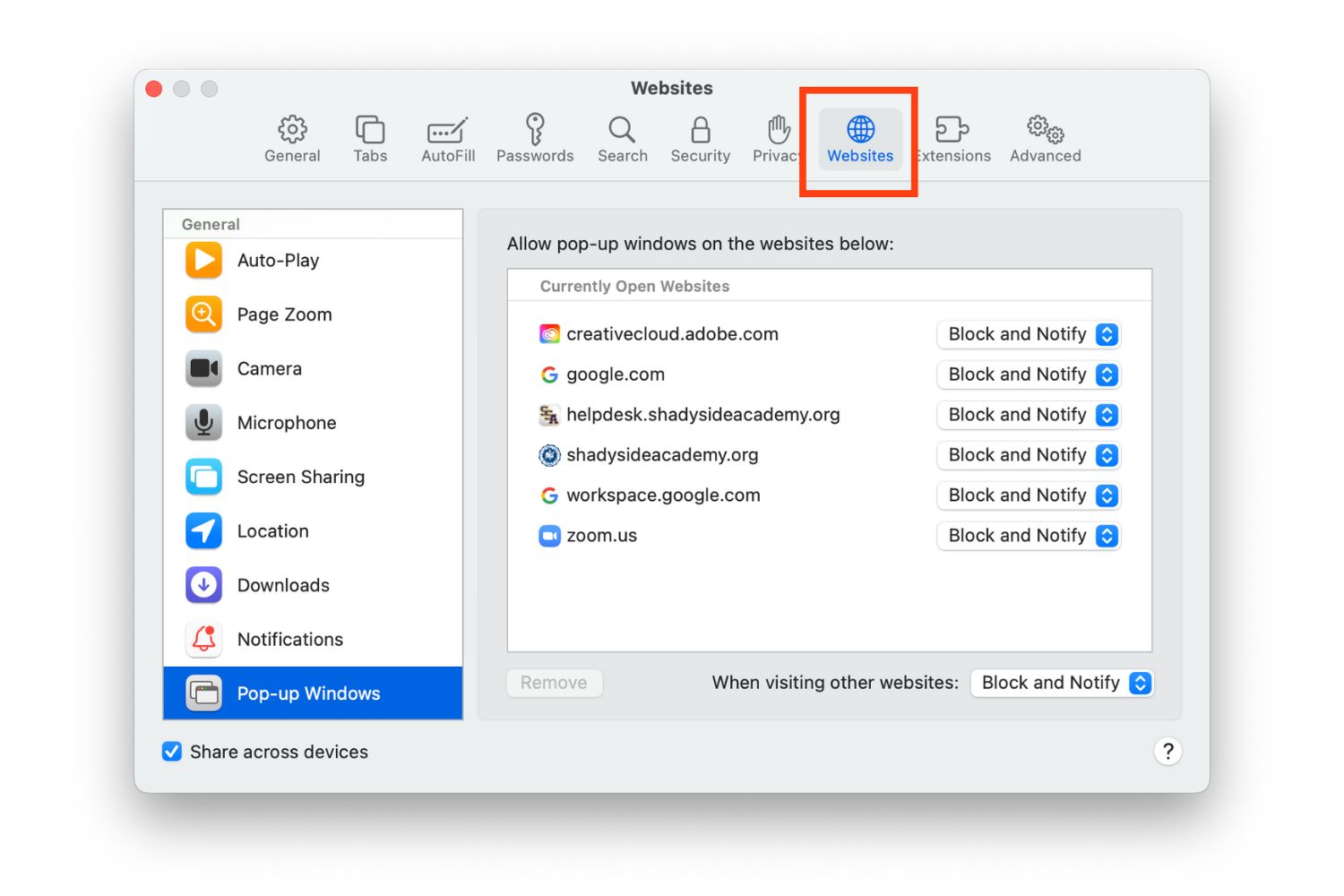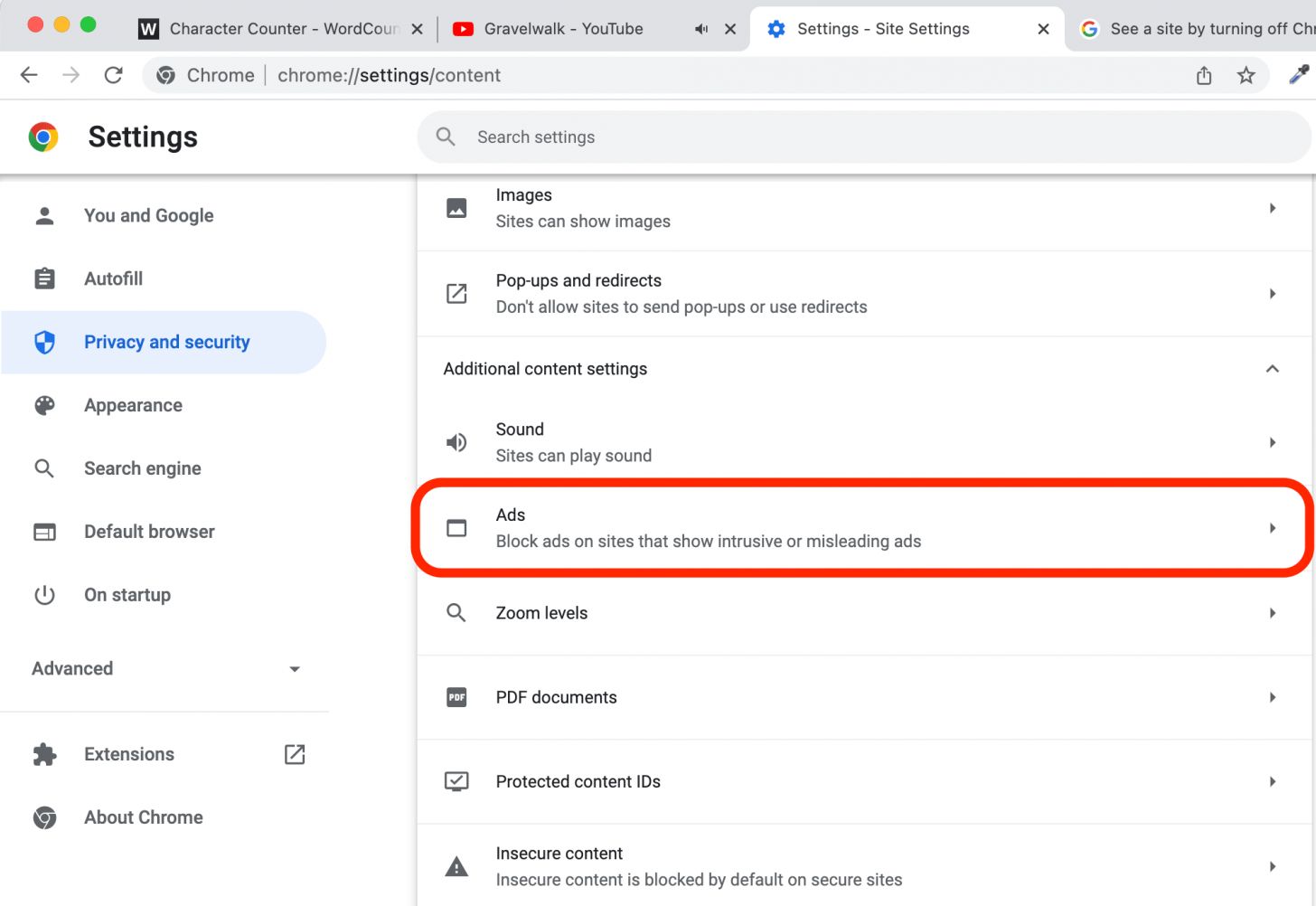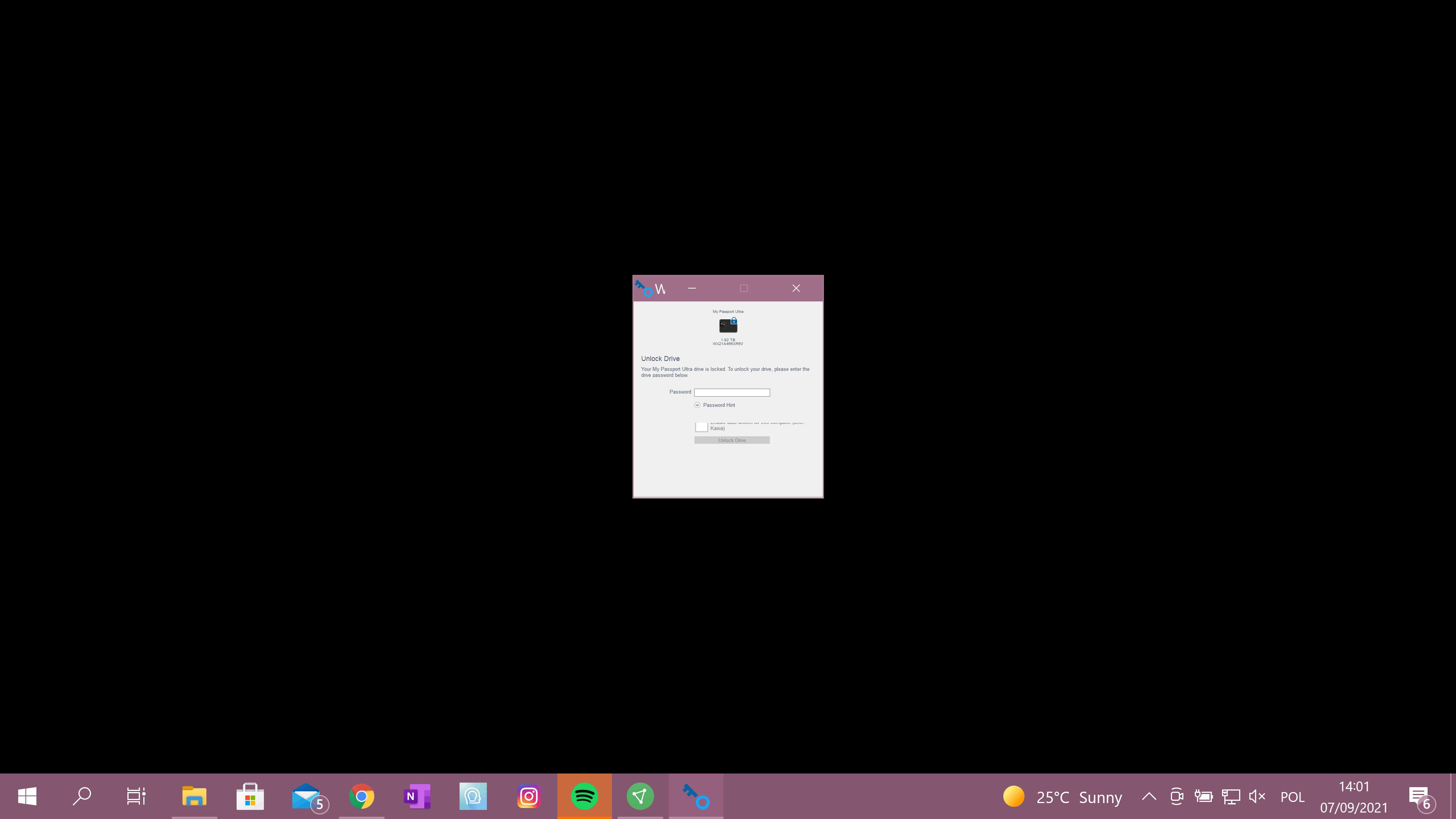Introduction
In today's digital age, web browsers have become an integral part of our daily lives, serving as gateways to a wealth of information, entertainment, and services. However, as we navigate the vast expanse of the internet, we often encounter pop-up windows that can disrupt our browsing experience. These pop-ups, while sometimes useful, can also be intrusive and distracting, prompting many users to seek ways to manage or disable them.
One common feature designed to combat these pop-ups is the browser pop-up blocker. This built-in tool acts as a shield, preventing unwanted pop-ups from appearing on our screens. While this feature is undoubtedly beneficial in many instances, there are times when we may need to temporarily disable it to access specific content or services.
Understanding how to turn off the pop-up blocker in popular web browsers such as Google Chrome, Mozilla Firefox, Safari, and Microsoft Edge can empower users to take control of their browsing experience. Whether it's allowing pop-ups for a trusted website or troubleshooting issues with certain web applications, knowing how to manage this feature effectively can enhance our overall browsing experience.
In this comprehensive guide, we will delve into the intricacies of browser pop-up blockers, exploring their functionality and the reasons why users may need to disable them. Additionally, we will provide step-by-step instructions for turning off the pop-up blocker in each of the aforementioned web browsers, empowering users to navigate the digital landscape with confidence and ease. So, let's embark on this journey to unravel the mysteries of browser pop-up blockers and discover how to wield their power to our advantage.
Understanding Browser Pop-Up Blocker
Browser pop-up blockers are a vital defense mechanism designed to shield users from intrusive and potentially harmful pop-up windows that can disrupt their browsing experience. These blockers work by detecting and preventing pop-ups from appearing on the screen, thereby enhancing user privacy, security, and overall browsing comfort.
Pop-up windows, while initially intended to convey important information or facilitate user interactions, have been widely exploited for malicious purposes, such as displaying deceptive ads, phishing attempts, or spreading malware. As a result, web browsers have integrated pop-up blockers as a standard feature to protect users from these unwanted intrusions.
The pop-up blocker operates by analyzing the behavior of web pages and identifying elements that attempt to open new browser windows or tabs without user interaction. When a potential pop-up is detected, the blocker intervenes, either by suppressing the pop-up entirely or prompting the user to decide whether to allow it. This proactive approach helps users avoid unintentionally accessing harmful content or being bombarded with irrelevant pop-ups.
While the pop-up blocker serves as a valuable line of defense, there are instances where users may need to temporarily disable it. For example, certain websites or web applications may require pop-ups to function correctly, such as online payment gateways, file upload interfaces, or interactive content. In such cases, knowing how to manage the pop-up blocker settings becomes essential to ensure a seamless browsing experience.
Understanding the intricacies of the browser pop-up blocker empowers users to make informed decisions about when to allow or block pop-ups, striking a balance between security and accessibility. By gaining insight into the functionality of this feature, users can navigate the digital landscape with confidence, knowing that they have the tools to manage pop-ups effectively and safeguard their online activities.
In the following sections, we will explore step-by-step instructions for turning off the pop-up blocker in popular web browsers, enabling users to tailor their browsing experience to suit their specific needs and preferences. Let's embark on this journey to unravel the mysteries of browser pop-up blockers and discover how to wield their power to our advantage.
How to Turn Off Pop-Up Blocker in Google Chrome
Google Chrome, one of the most widely used web browsers, incorporates a robust pop-up blocker to shield users from intrusive pop-up windows. However, there are instances where users may need to disable this feature to access specific content or services. Here's a step-by-step guide to turning off the pop-up blocker in Google Chrome:
-
Access Chrome Settings: Begin by opening Google Chrome on your computer. In the top-right corner of the browser window, click on the three-dot menu icon to open the Chrome menu.
-
Navigate to Settings: From the Chrome menu, select "Settings" to access the browser's configuration options.
-
Expand Advanced Settings: Scroll down to the bottom of the Settings page and click on "Advanced" to reveal additional configuration options.
-
Manage Site Settings: Under the "Privacy and security" section, click on "Site settings" to manage permissions for individual websites.
-
Adjust Pop-ups and Redirects: Within the Site settings menu, locate and click on "Pop-ups and redirects" to customize the pop-up behavior.
-
Disable Pop-up Blocker: To turn off the pop-up blocker, simply toggle the switch next to "Blocked (recommended)" to allow pop-ups. This action will disable the pop-up blocker for all websites, enabling pop-ups to appear when accessing web content.
-
Manage Exceptions (Optional): If you prefer to allow pop-ups for specific websites while keeping the blocker active for others, you can click on "Add" under the "Allow" section and enter the website address to create an exception.
By following these steps, users can effectively disable the pop-up blocker in Google Chrome, granting them the flexibility to manage pop-up behavior according to their preferences. It's important to exercise caution when allowing pop-ups, ensuring that they originate from trusted sources to maintain a secure browsing environment.
Understanding how to turn off the pop-up blocker in Google Chrome empowers users to tailor their browsing experience, allowing them to access content and services that may require pop-ups while maintaining control over their online security and privacy. With these insights, users can navigate the digital landscape with confidence, knowing that they have the knowledge and tools to manage pop-ups effectively in Google Chrome.
How to Turn Off Pop-Up Blocker in Mozilla Firefox
Mozilla Firefox, known for its robust features and customizable options, includes a built-in pop-up blocker to shield users from intrusive pop-up windows. However, there are instances where users may need to disable this feature to access specific content or services. Here's a detailed guide on how to turn off the pop-up blocker in Mozilla Firefox:
-
Access Firefox Options: Start by opening Mozilla Firefox on your computer. In the top-right corner of the browser window, click on the three horizontal lines to open the Firefox menu.
-
Navigate to Preferences: From the Firefox menu, select "Preferences" to access the browser's configuration settings.
-
Locate Privacy & Security Settings: In the left-hand menu of the Preferences page, click on "Privacy & Security" to explore privacy and security-related options.
-
Manage Permissions: Scroll down to the Permissions section and locate the "Block pop-up windows" option. Uncheck the box next to this option to disable the pop-up blocker in Firefox.
-
Customize Exceptions (Optional): If you prefer to allow pop-ups for specific websites while keeping the blocker disabled for others, you can click on the "Exceptions…" button next to the "Block pop-up windows" option. Here, you can add website addresses to create exceptions for allowing pop-ups.
-
Confirmation: Once you have unchecked the "Block pop-up windows" option, the pop-up blocker in Mozilla Firefox will be disabled, allowing pop-ups to appear when accessing web content.
By following these steps, users can effectively disable the pop-up blocker in Mozilla Firefox, granting them the flexibility to manage pop-up behavior according to their preferences. It's important to exercise caution when allowing pop-ups, ensuring that they originate from trusted sources to maintain a secure browsing environment.
Understanding how to turn off the pop-up blocker in Mozilla Firefox empowers users to tailor their browsing experience, allowing them to access content and services that may require pop-ups while maintaining control over their online security and privacy. With these insights, users can navigate the digital landscape with confidence, knowing that they have the knowledge and tools to manage pop-ups effectively in Mozilla Firefox.
How to Turn Off Pop-Up Blocker in Safari
Safari, the default web browser for Apple devices, incorporates a robust pop-up blocker to shield users from intrusive pop-up windows. However, there are instances where users may need to disable this feature to access specific content or services. Here's a detailed guide on how to turn off the pop-up blocker in Safari:
-
Access Safari Preferences: Begin by opening Safari on your Mac. In the top-left corner of the screen, click on "Safari" in the menu bar, and then select "Preferences" from the drop-down menu. Alternatively, you can use the keyboard shortcut "Command + ," to access Preferences.
-
Navigate to Security Settings: Within the Preferences window, click on the "Security" tab to access security-related options for Safari.
-
Uncheck Block Pop-Up Windows: In the Security tab, locate the "Block pop-up windows" option. Uncheck the box next to this option to disable the pop-up blocker in Safari.
-
Customize Website Settings (Optional): If you prefer to allow pop-ups for specific websites while keeping the blocker disabled for others, you can click on the "Manage Website Settings…" button next to the "Block pop-up windows" option. Here, you can add website addresses to create exceptions for allowing pop-ups.
-
Confirmation: Once you have unchecked the "Block pop-up windows" option, the pop-up blocker in Safari will be disabled, allowing pop-ups to appear when accessing web content.
By following these steps, users can effectively disable the pop-up blocker in Safari, granting them the flexibility to manage pop-up behavior according to their preferences. It's important to exercise caution when allowing pop-ups, ensuring that they originate from trusted sources to maintain a secure browsing environment.
Understanding how to turn off the pop-up blocker in Safari empowers users to tailor their browsing experience, allowing them to access content and services that may require pop-ups while maintaining control over their online security and privacy. With these insights, users can navigate the digital landscape with confidence, knowing that they have the knowledge and tools to manage pop-ups effectively in Safari.
How to Turn Off Pop-Up Blocker in Microsoft Edge
Microsoft Edge, the modern and feature-rich web browser developed by Microsoft, includes a built-in pop-up blocker to enhance user browsing experience. However, there are instances where users may need to disable this feature to access specific content or services. Here's a detailed guide on how to turn off the pop-up blocker in Microsoft Edge:
-
Access Edge Settings: Begin by opening Microsoft Edge on your computer. In the top-right corner of the browser window, click on the three-dot menu icon to open the Edge menu.
-
Navigate to Settings: From the Edge menu, select "Settings" to access the browser's configuration options.
-
Explore Site Permissions: In the Settings menu, navigate to the "Cookies and site permissions" section. Click on "Pop-ups and redirects" to manage pop-up behavior.
-
Disable Pop-up Blocker: Within the Pop-ups and redirects settings, you will find the "Block" option. Toggle the switch to turn off the pop-up blocker, allowing pop-ups to appear when accessing web content.
-
Manage Exceptions (Optional): If you prefer to allow pop-ups for specific websites while keeping the blocker disabled for others, you can click on "Add a site exception" and enter the website address to create an exception.
-
Confirmation: Once you have disabled the pop-up blocker, Microsoft Edge will no longer prevent pop-ups from appearing, providing you with the flexibility to manage pop-up behavior according to your preferences.
By following these steps, users can effectively disable the pop-up blocker in Microsoft Edge, granting them the freedom to access content and services that may require pop-ups while maintaining control over their online security and privacy. It's important to exercise caution when allowing pop-ups, ensuring that they originate from trusted sources to maintain a secure browsing environment.
Understanding how to turn off the pop-up blocker in Microsoft Edge empowers users to tailor their browsing experience, allowing them to access content and services that may necessitate pop-ups while maintaining control over their online security and privacy. With these insights, users can navigate the digital landscape with confidence, knowing that they have the knowledge and tools to manage pop-ups effectively in Microsoft Edge.
Conclusion
In conclusion, the browser pop-up blocker serves as a crucial defense mechanism, shielding users from intrusive and potentially harmful pop-up windows while navigating the digital landscape. This feature, integrated into popular web browsers such as Google Chrome, Mozilla Firefox, Safari, and Microsoft Edge, plays a pivotal role in enhancing user privacy, security, and overall browsing comfort.
Throughout this guide, we have explored the intricacies of the browser pop-up blocker, shedding light on its functionality and the reasons why users may need to disable it. By understanding the inner workings of this feature, users can make informed decisions about when to allow or block pop-ups, striking a balance between security and accessibility.
Moreover, the step-by-step instructions provided for turning off the pop-up blocker in each web browser empower users to take control of their browsing experience. Whether it's allowing pop-ups for a trusted website, accessing specific content, or troubleshooting issues with web applications, users now have the knowledge and tools to manage pop-ups effectively.
By delving into the settings of Google Chrome, Mozilla Firefox, Safari, and Microsoft Edge, users can tailor their browsing experience to suit their specific needs and preferences. The ability to customize pop-up behavior, create exceptions for trusted websites, and disable the blocker when necessary grants users the flexibility to access content and services that may require pop-ups while maintaining control over their online security and privacy.
It's important to note that while disabling the pop-up blocker can provide greater accessibility, users should exercise caution and ensure that allowed pop-ups originate from trusted sources. By maintaining a vigilant approach, users can navigate the digital landscape with confidence, knowing that they have the knowledge and tools to manage pop-ups effectively in their chosen web browser.
In essence, the journey to unravel the mysteries of browser pop-up blockers has equipped users with the understanding and practical know-how to wield this feature to their advantage. By harnessing the power to manage pop-ups effectively, users can navigate the digital realm with confidence, seamlessly accessing the content and services they need while maintaining a secure and enjoyable browsing experience.










